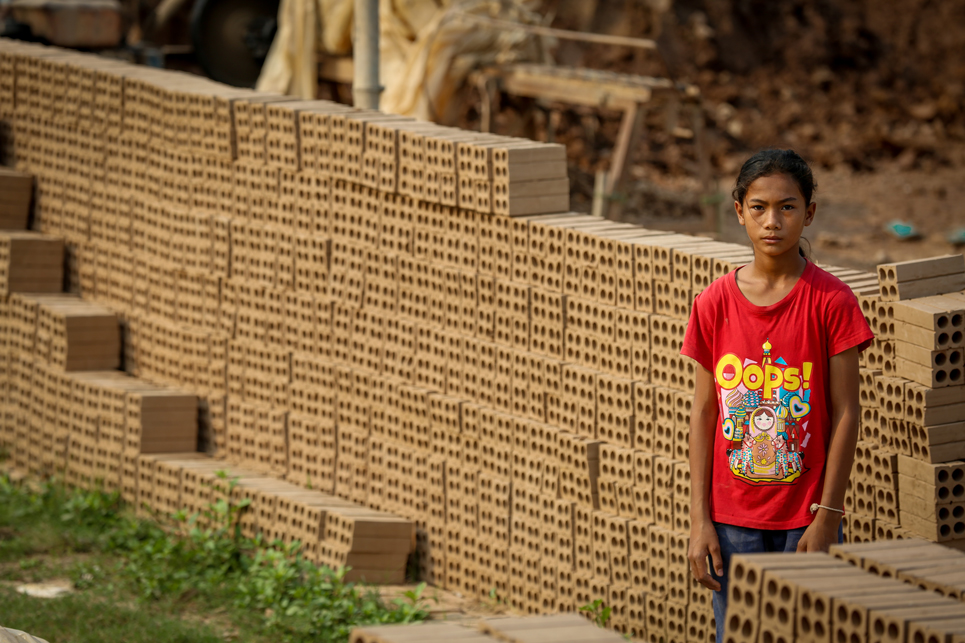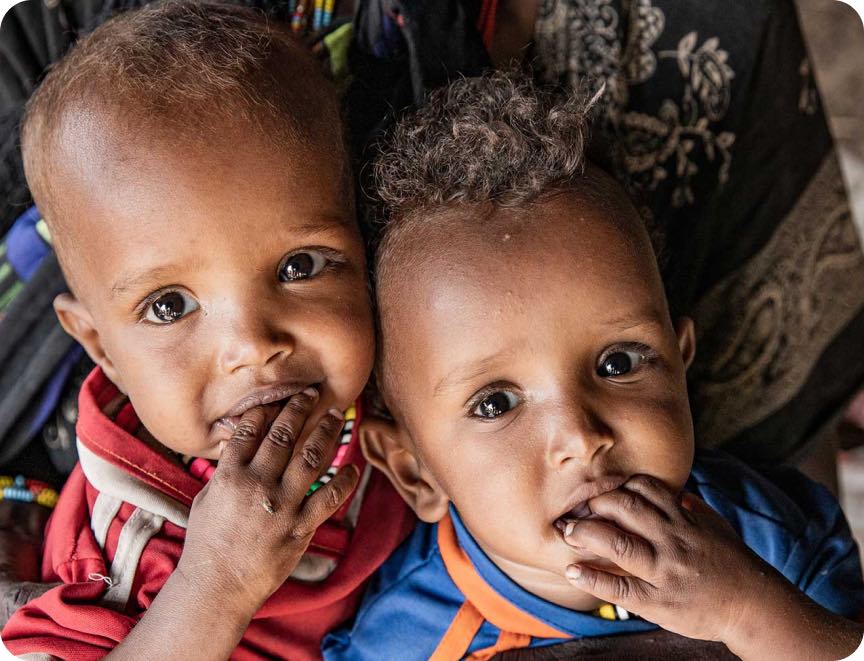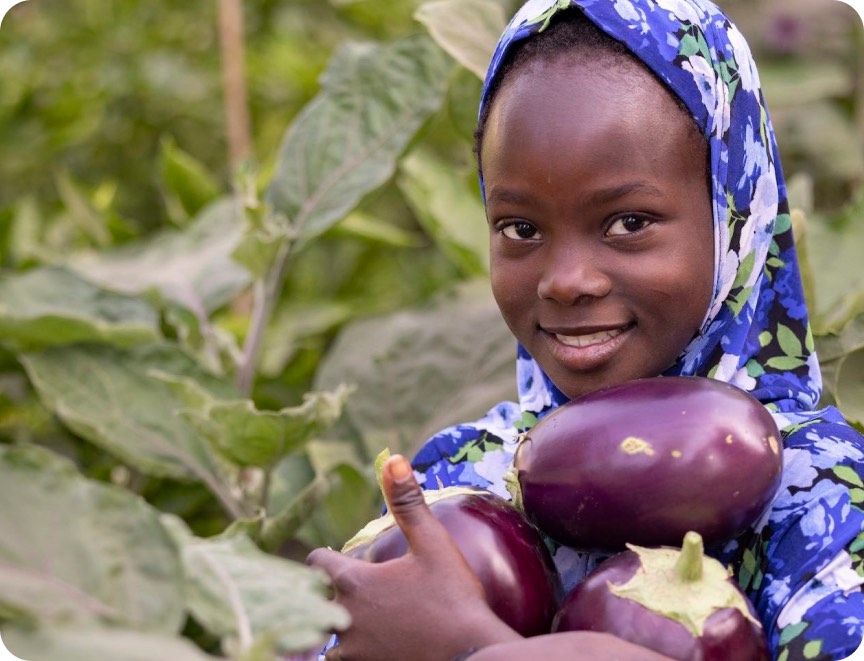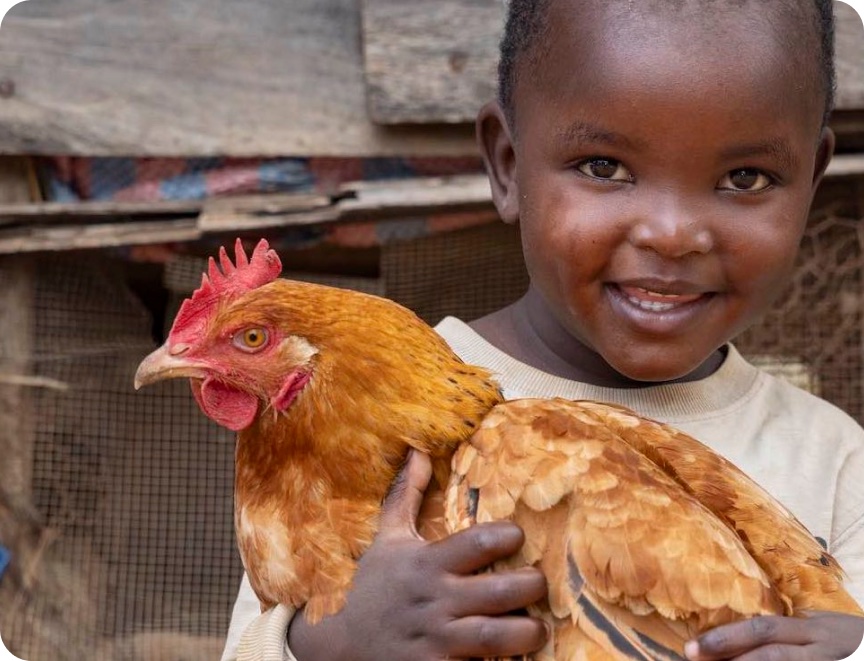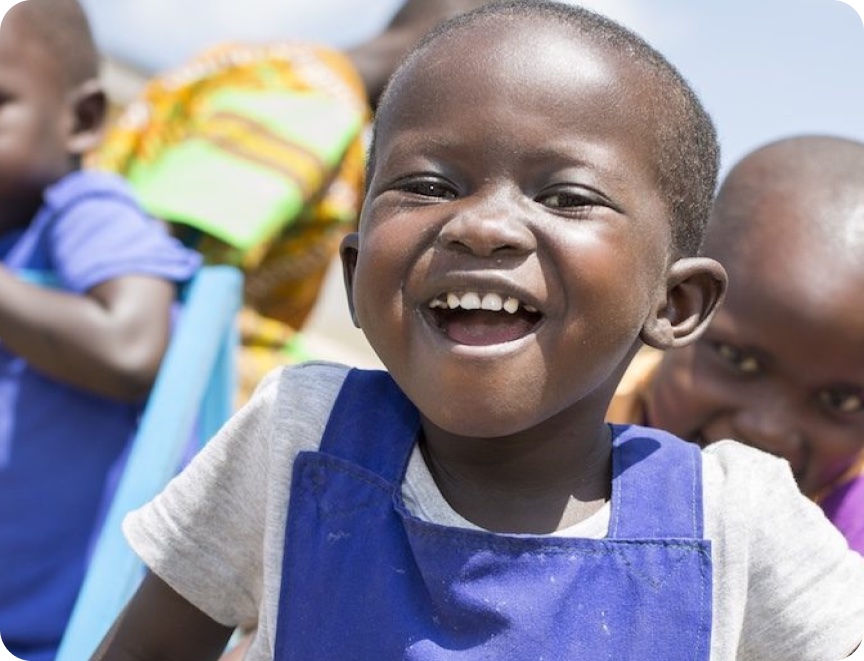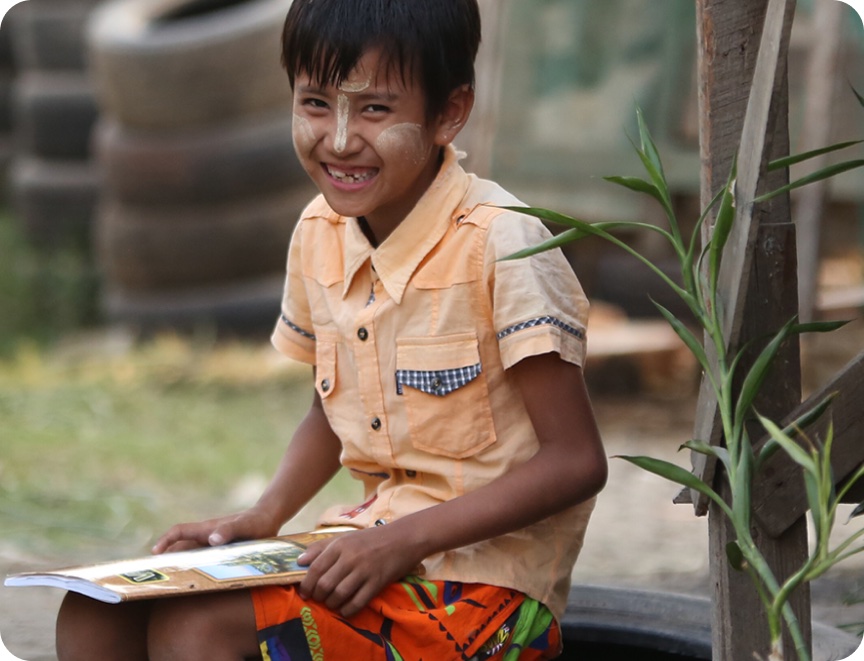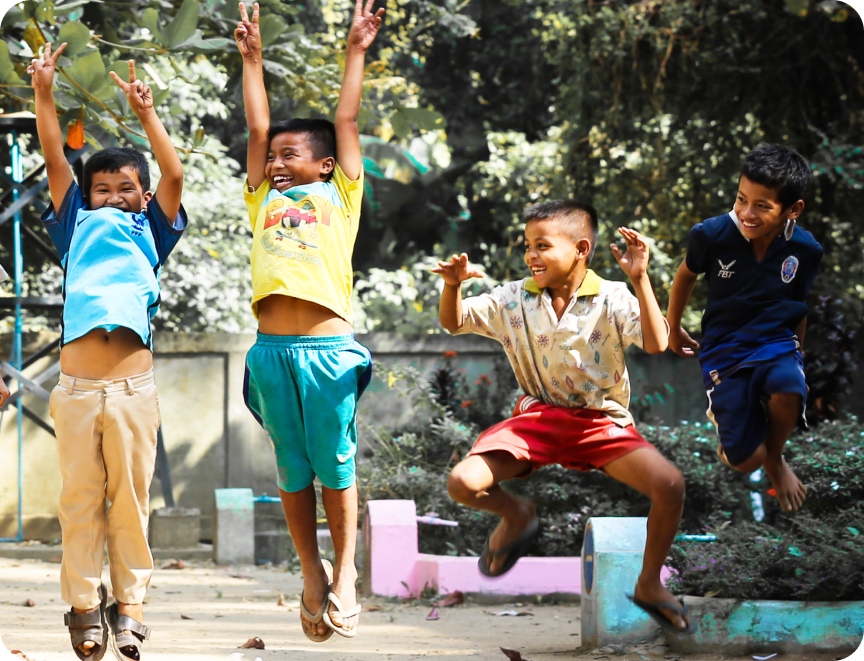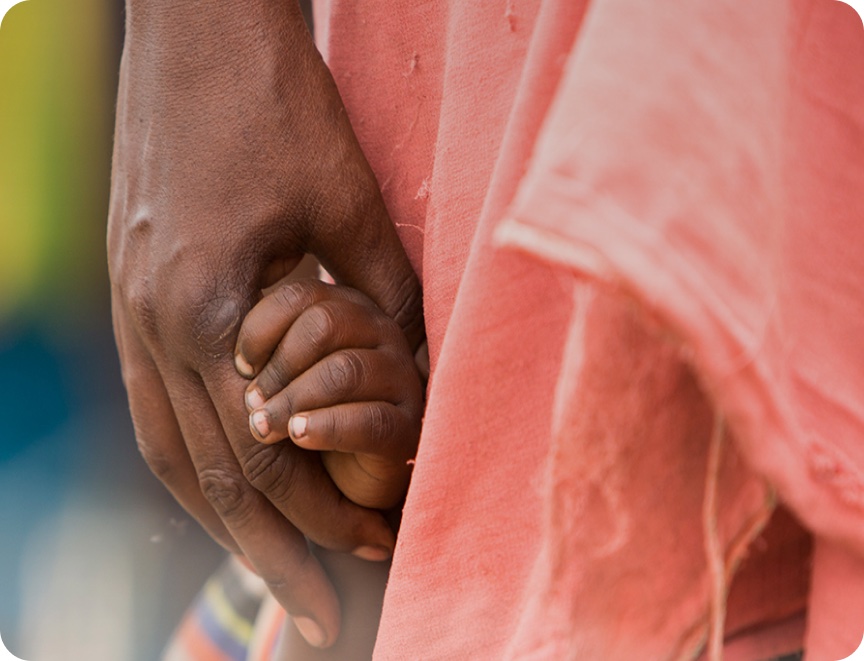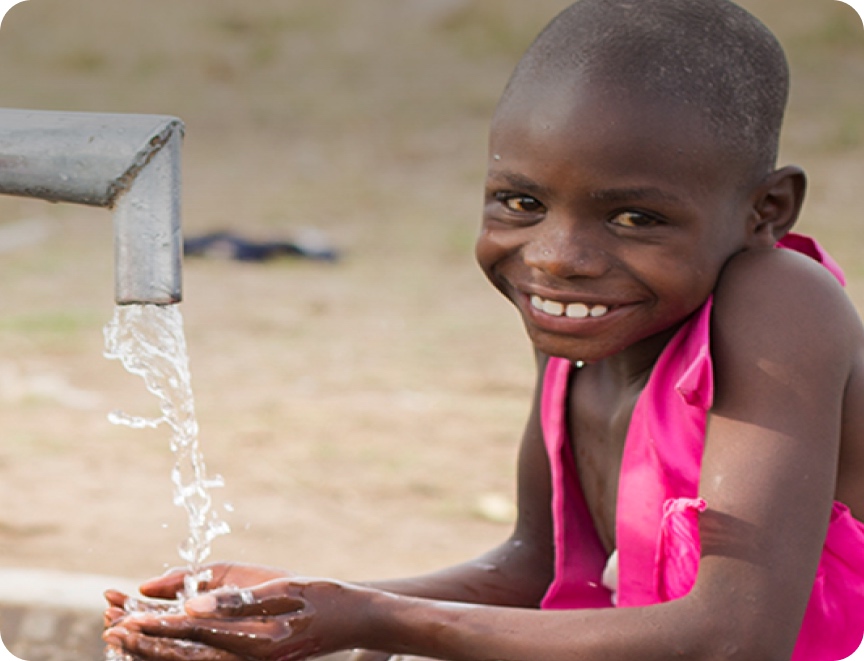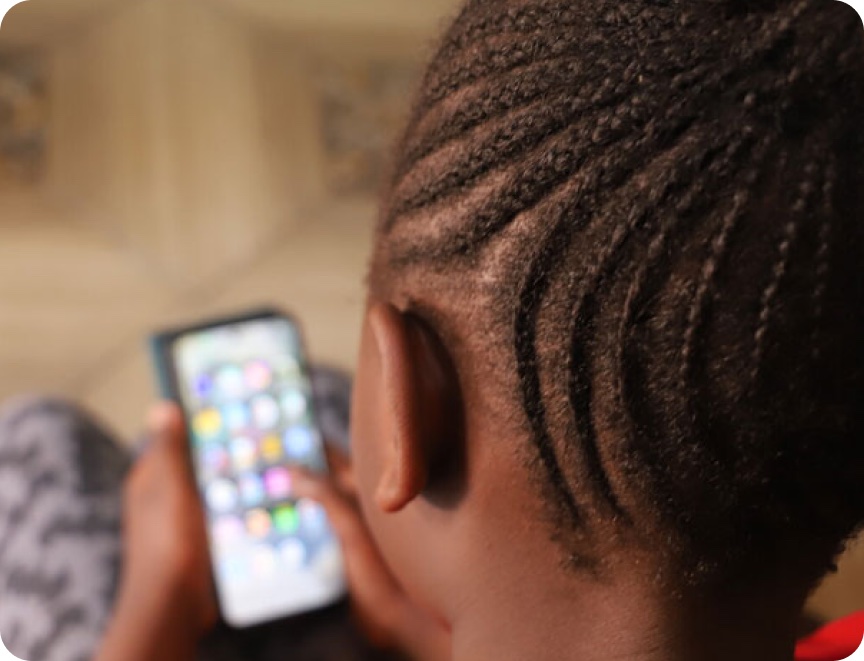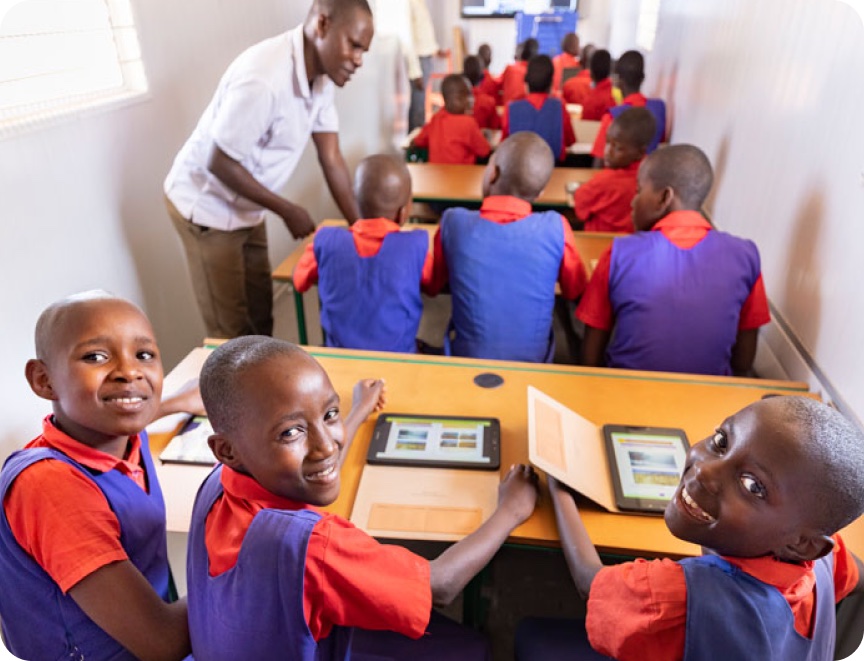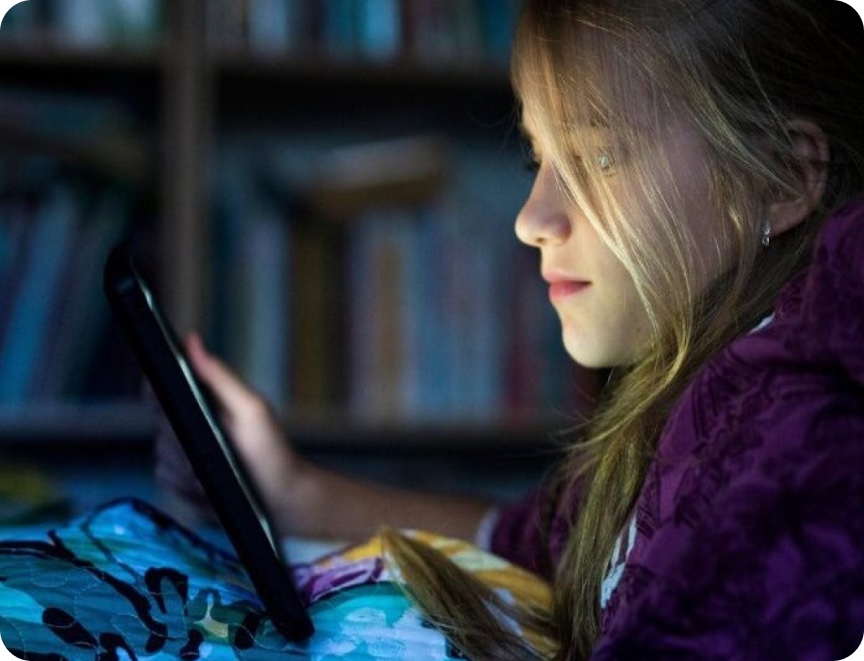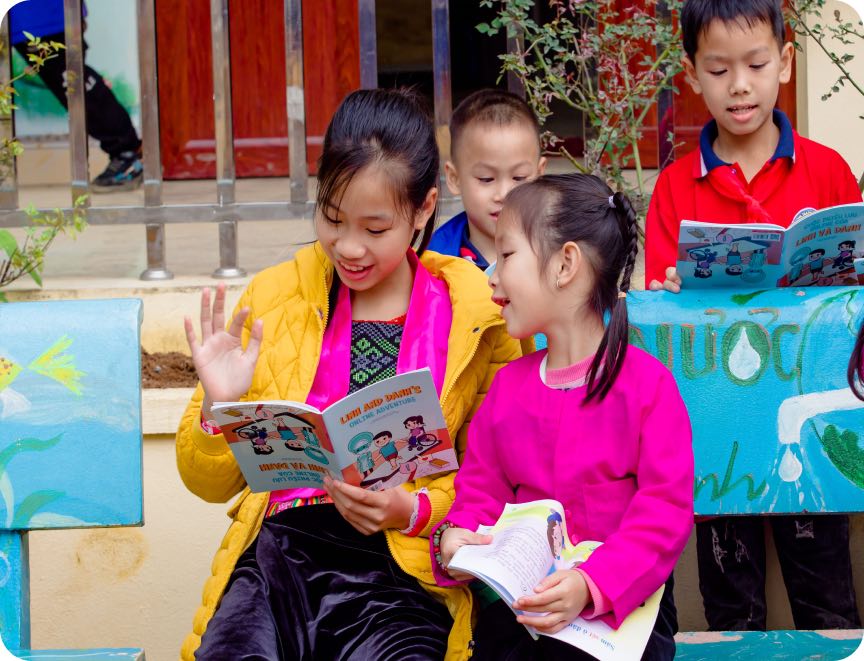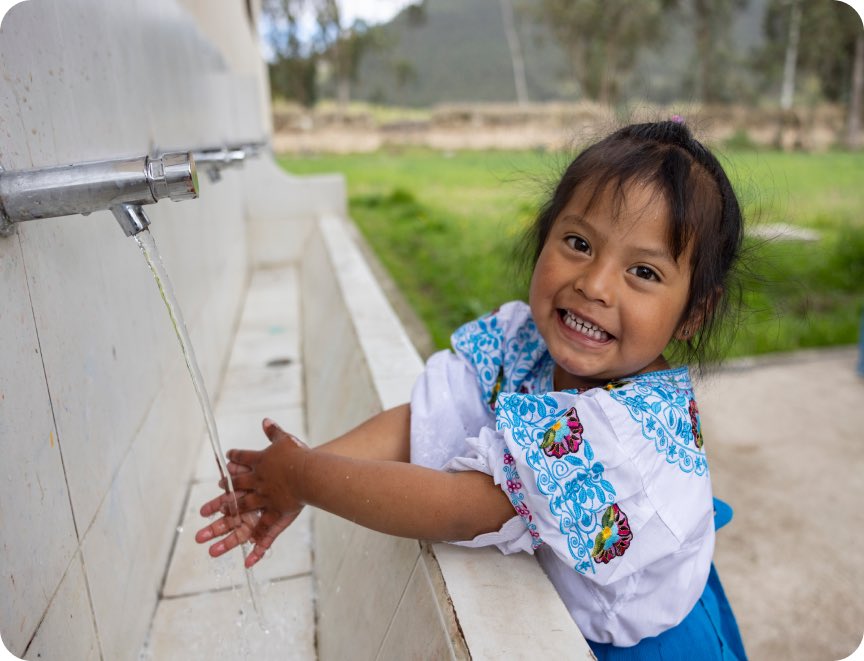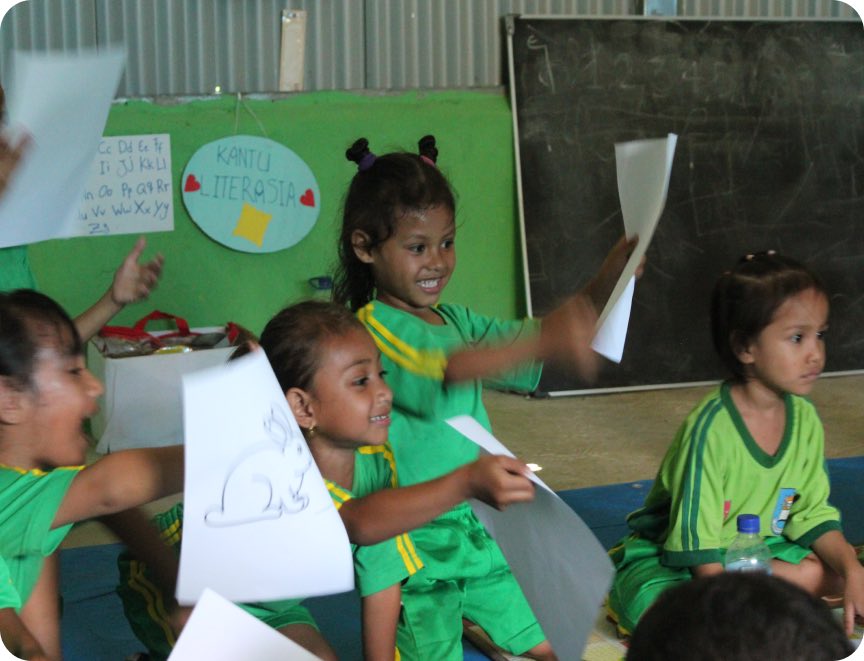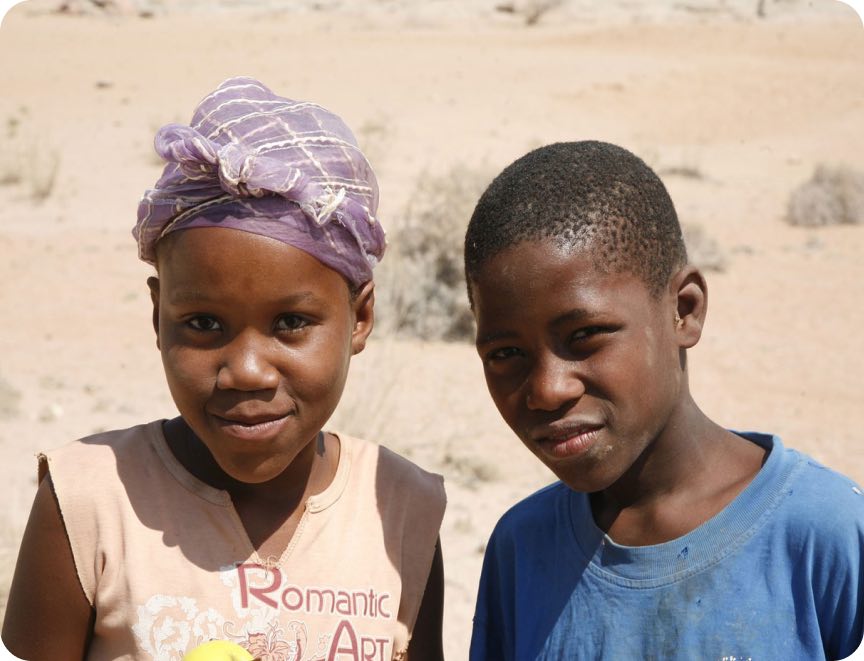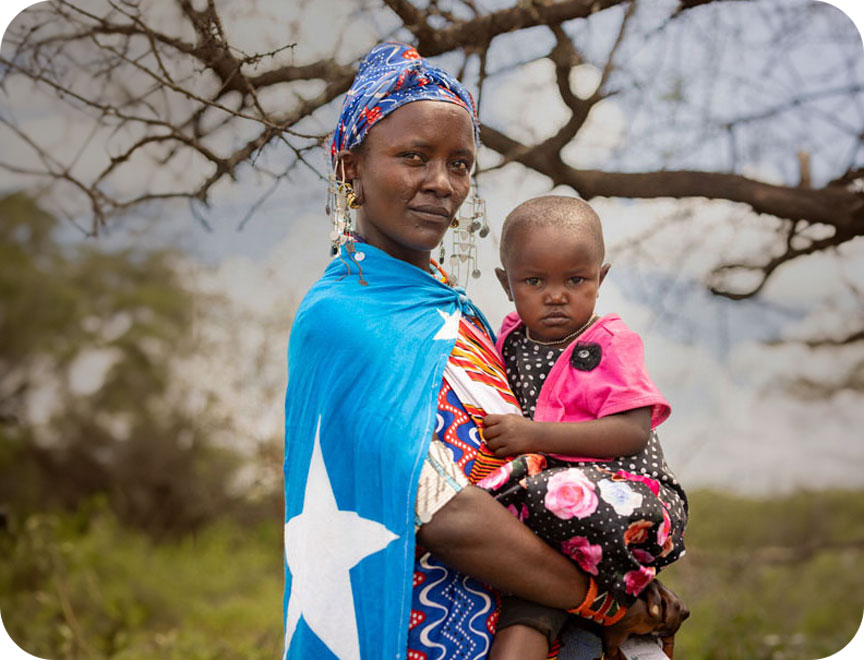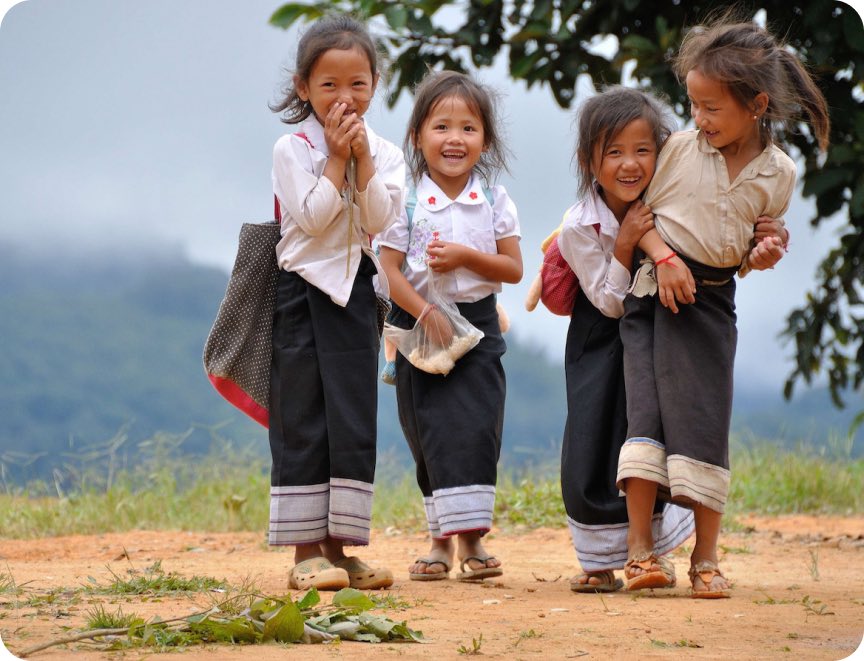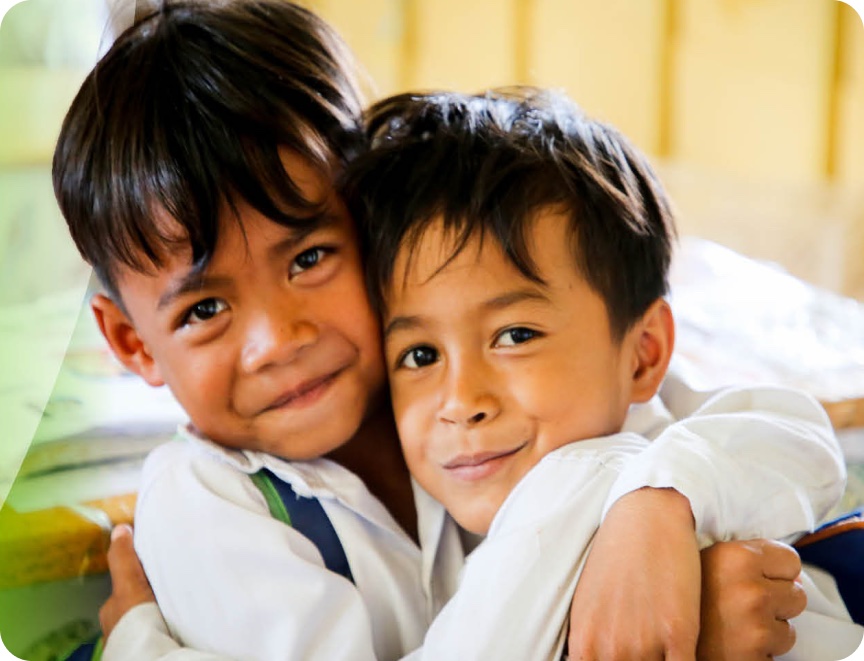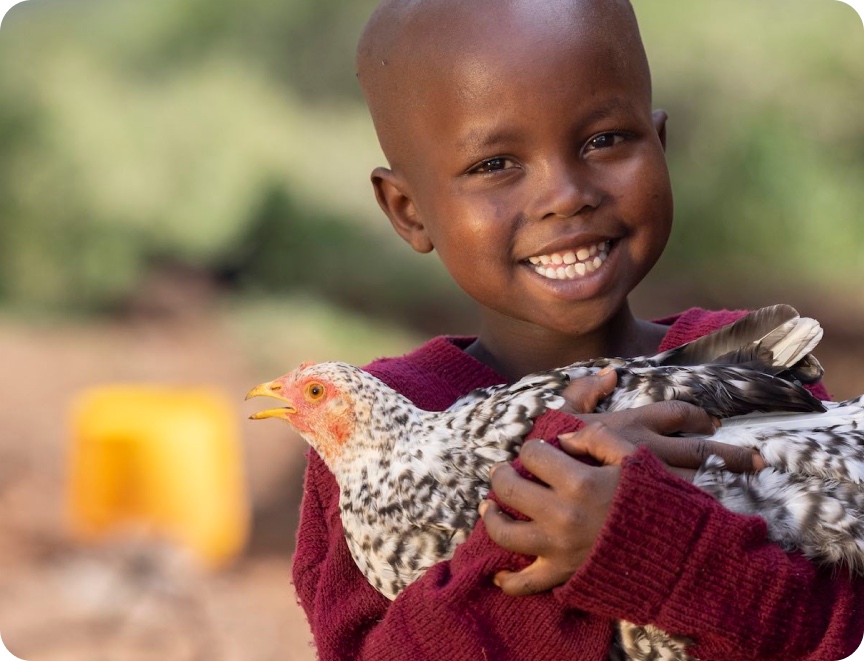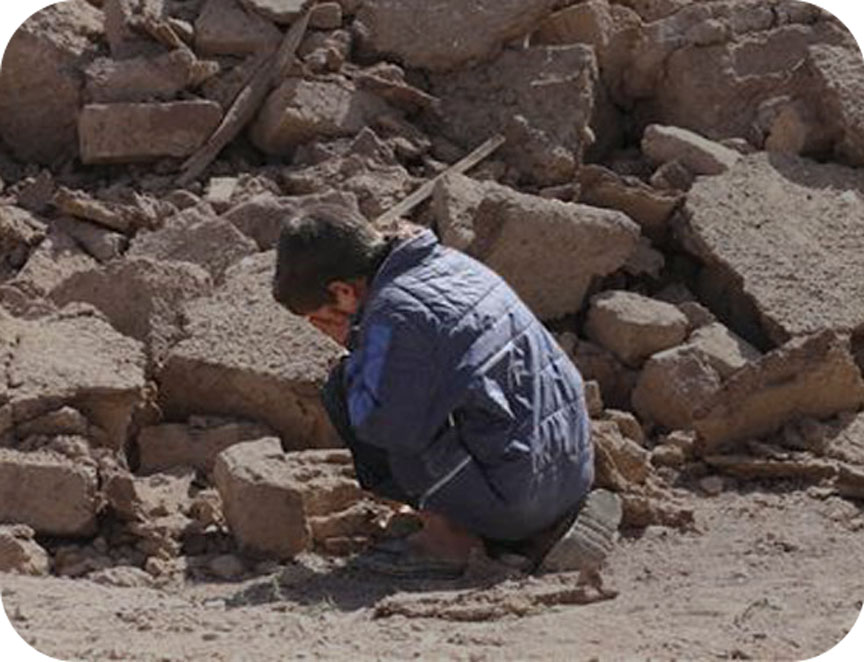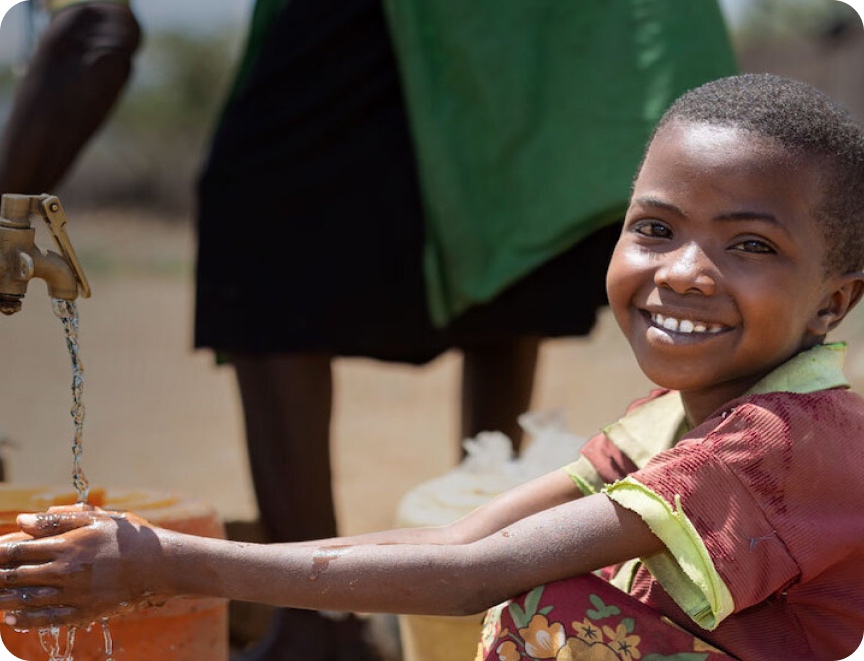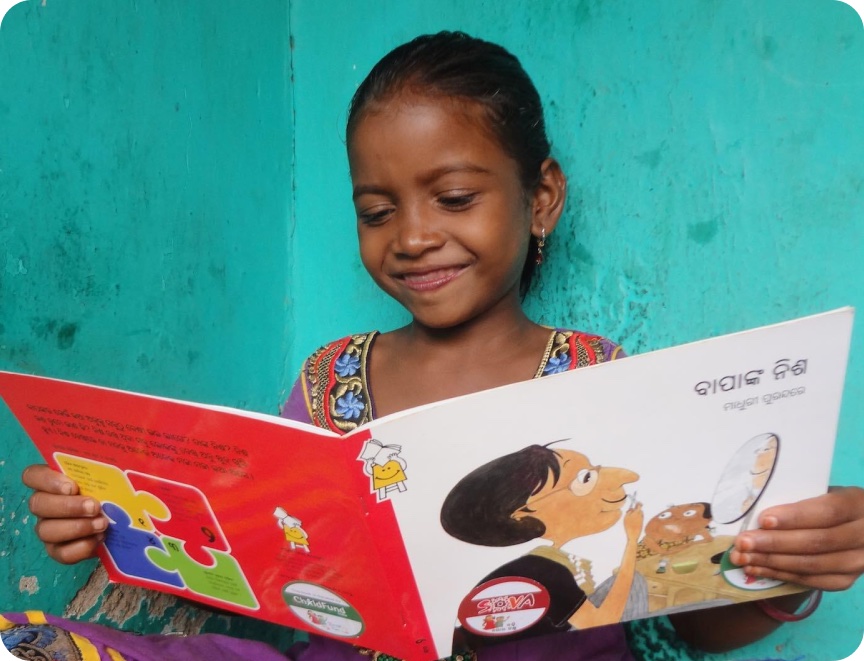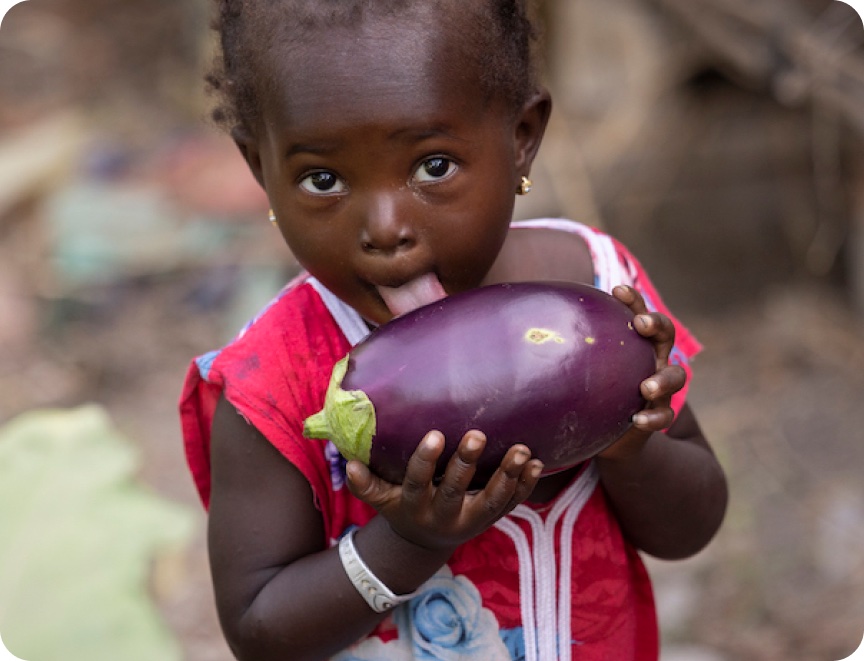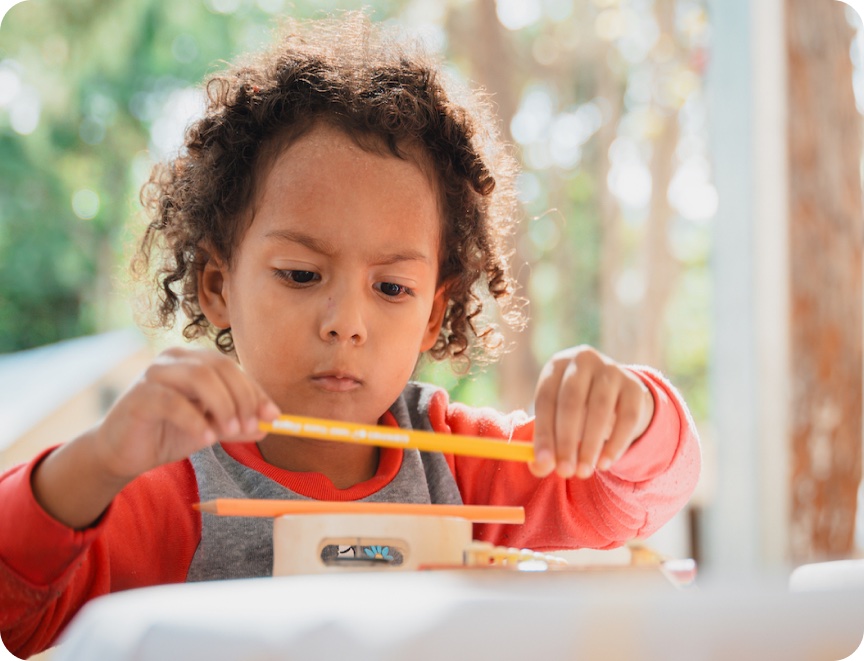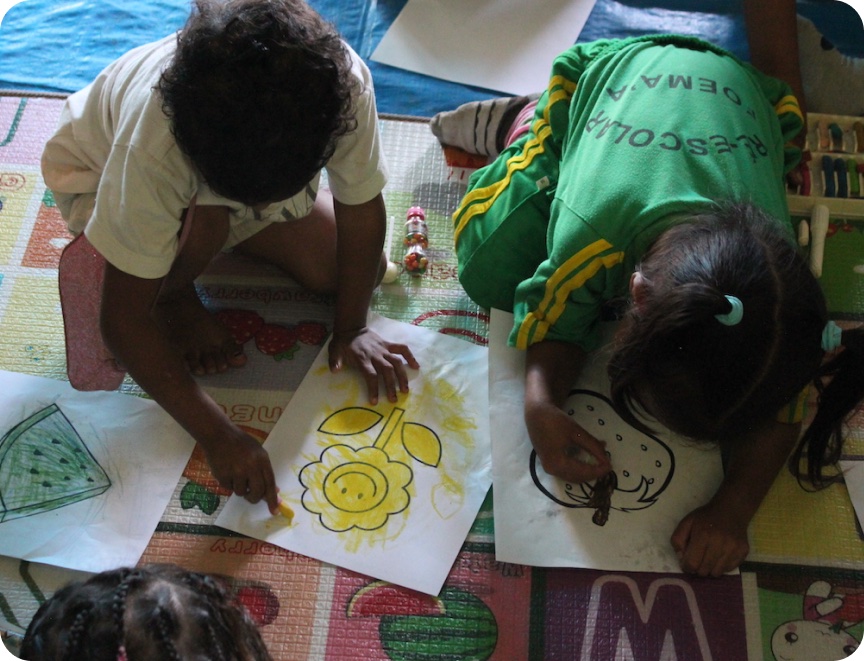Arun was 13 years old when he lost his left arm while
working at a brick factory. His daughter Mony is now the same age and works at
the same factory.
Around the world 152 million children like Mony can be found working in appalling conditions, in manufacturing, agriculture and construction.
The primary driver of child labour and exploitation is a
vicious cycle of multigenerational poverty.
Lack of education forces people into low-paid jobs
If parents have no education, they often end up in low-paid jobs
and rely on their children to supplement the household income.
In turn, their children miss out on school, leaving them unqualified for better paid jobs in the future.
Children living in poverty are vulnerable to exploitation and violence, such as child labour, trafficking and child marriage.
Dangerous work conditions cause injury, which keeps people in poverty
Mony’s family has worked in brick factories for generations. Arun was helping his parents in the kilns as a child when his left arm got caught in a machine.
After his accident, Arun dropped out of school and tried to
find safer work as a fisherman, but he could not survive on the meagre wages.
He is now back in the same brick factory, supporting his
four children.The machinery is rudimentary and hazardous, and he earns less
than one cent for each brick he makes
Arun’s wife worked alongside him until she also suffered a
severe injury. Much of Arun’s wages had to go towards paying off medical
expenses. There was barely enough money for food or shelter.
The only way to survive was to make more bricks. Mony, the
oldest child, had to step into her mother’s role at the factory.
Older children sacrifice their dreams so their younger siblings can stay in school
“I don’t want my younger siblings to do such risky job and I want to work to support them so they can stay at school,” she says.
This meant living with a constant fear of being hurt like
her parents while working gruelling nine-hour shifts, carrying heavy loads and
using dangerous machinery without any safety equipment.
“It’s hot, hard, and sometimes risky job, but I need to do
it to help my mum from a heavy debt,” Mony says.
Poverty is a cycle which keeps families trapped in dangerous jobs
Families like Mony’s are living in terrible poverty.
Children whose parents cannot afford to send them to school live in fear of a
future where they have no choice but to work in dangerous environments.
“I don’t want my kids uneducated like me,” Arun says. “I
want them to study so they’re able to find better jobs.
“But I didn’t know what to do when my wife could not help me with the family income.”
How is Mony’s family doing now?
Mony’s family situation remains vulnerable, but fortunately
she has been able to return to school.
Mony knows that committing to her education is the best way to ensure that she will not have to do dangerous, manual labour for the rest of her life.
She sees a future with a better paid job, and greater opportunities.
The internet dominates the everyday lives of many people around the globe. In 2018 half the world’s population was online.
In developing countries alone, the rate of internet users has increased from 7.7% in 2005 to 45.3% at the end of 2018. One country that has experienced a rapid rise is Myanmar; about a third of the population – 18 million people – use the internet today and roughly 75% of the internet traffic is accessed on mobile phones.
While the internet offers an endless supply of information, it can also pose risks for children. Here’s how we’re working to keep young people safe online.
Providing internet safety training for children
After identifying a gap in people’s understanding of how to navigate the internet safely, ChildFund Myanmar started its first ever online safety training sessions for children and young people in the country. This is supported by the Australian Government through the Australian NGO Cooperation Program (ANCP).
As part of its Resilience Adolescents with Integrated Life
Skills project in Dawei, ChildFund Myanmar are running a total of 21 training
sessions in 10 state schools to educate students on issues such as
cyberbullying, oversharing online and how to search for reliable sexual and
reproductive health information.
The training sessions will benefit 300 students, as well as
parents, carers and teachers.
May’s experience with the internet safety training
May, 14, who has been attending the training, spends up to
three hours a day using the internet. The majority of her time is spent on
Facebook.
“Facebook is informative and it can bring both
good and bad things to the users,” the Grade 10 student says.
“Once someone asked me to give my picture and mobile number
on Messenger. But I didn’t give out and I blocked the person.”
The training sessions have received positive feedback from students.
How the training has improved Ye’s experience on Facebook
Ye, a 15-year-old student in Grade 11, says he has learnt to how to change the settings on Facebook to improve the security of his account.
“I’ve also got to know that there is an application to access sexual and reproductive health information and not all information we see on Facebook is correct,” he says.
“We should be careful not to share the wrong information. I
am glad that I received this training because I’ve learnt new things.”
The training sessions have been inspired by ChildFund’s Swipe Safe project.
How teachers have benefitted from the training
Thein, a 52-year-old Grade 6 teacher, had little interest in the online world until she participated in the training sessions, where she learnt it was critical for teachers to learn about the internet so they could protect their students.
“Now I know I shouldn’t turn my back on the internet,” she
says. “I have to watch over how my children and students are using the internet
although I am not interested in using it myself. If I have the knowledge, I can
protect them from harm.”
A mother’s verdict on the internet safety training
Mother-of-two Khin, 49, says the training motivated her to set rules around using the internet at home.
“I don’t act as an authoritative mother,” she says. “I make compromises with my children. I let them use the internet by having rules and I make sure that they keep their promises.”
Sponsor a community in South East Asia to give children a brighter future
If you want to help keep children safe, becoming a community sponsor is a powerful way to help children in Myanmar.
Your sponsorship will help develop child-friendly schools in rural communities, help provide vocational training for out of school youth, among other community development projects across South East Asia.
You can also donate an education-focused charity gift to help a child in the countries where we work get ahead in life. Fight gender inequality by funding a girl’s education, buy school supplies for a child in need and more. We offer many ways for you to give, because every child needs a childhood.
